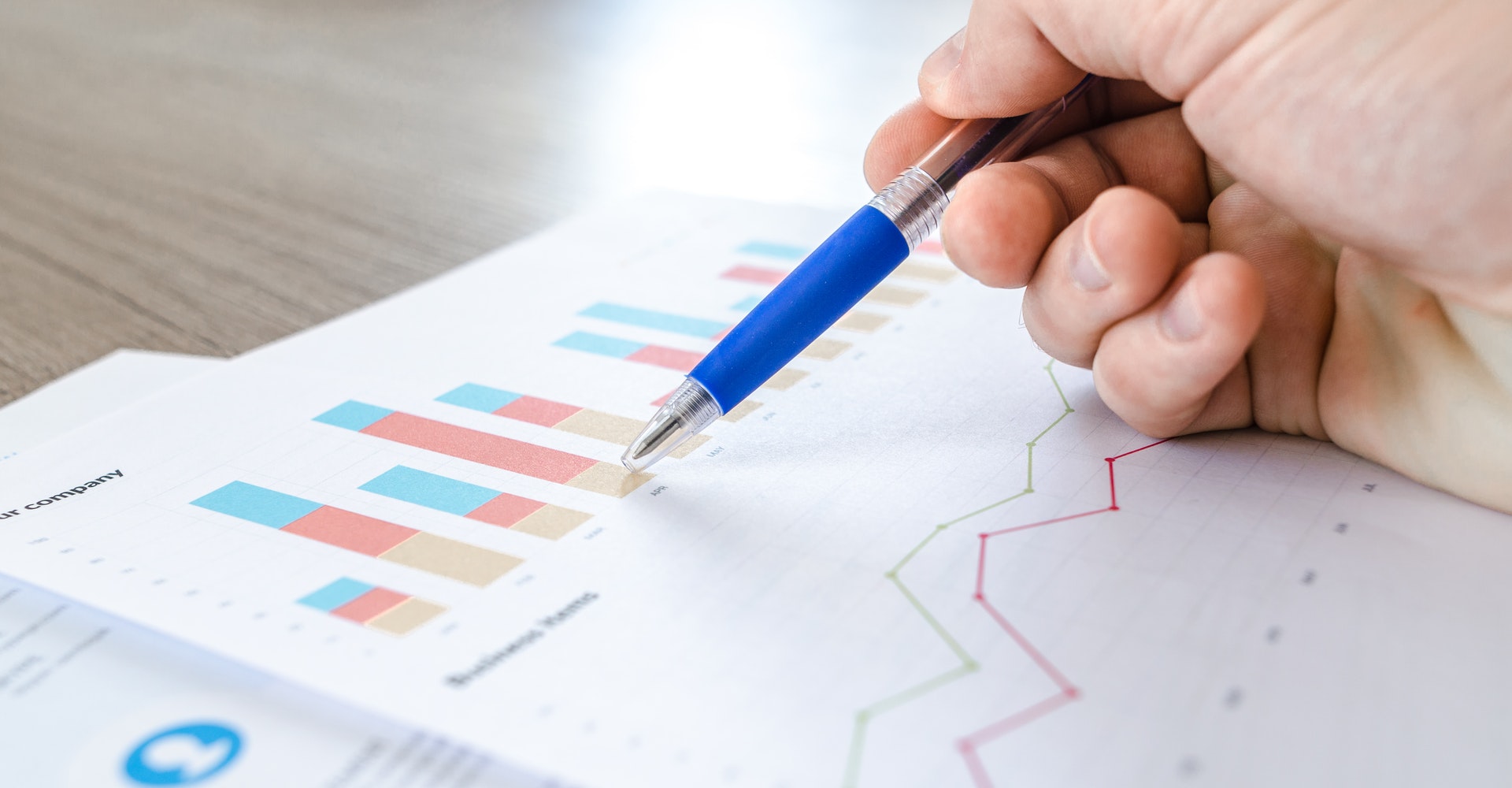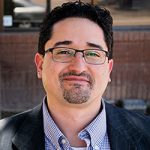Dr. Dempsey and Dr. Harris might remake addiction recovery options despite the obstacles.
Welcome to the second half of our profile of Dr. Jared Dempsey and Dr. Kitty Harris, the addiction researchers who left their university to design applied strategies for addiction recovery.
Friday’s article explained some of the researchers’ professional and personal backgrounds, and it also described RecoverOnline, the online recovery program they designed. But there’s much more to include here, which is why we waited to release this second half.
Trac9: A Look at Treatment
Dr. Dempsey and Dr. Harris support addiction recovery, but they grate against the self-reported “successes” that some centers advertise themselves with. So, they’ve designed a way to test whether those recovery centers are best serving their patients.
It’s an algorithm called “Trac9,” because Dr. Dempsey and Dr. Harris designed it to track nine elements of all patients in residential treatment. Dr. Harris wanted to help addiction therapists and counselors know ahead of time what would make their patients leave treatment. Dr. Dempsey wanted to code a way of warning when it’d happen. Sound like science fiction yet?
Many addiction recovery centers thought so at first. But, given time and their diligent efforts, Dr. Dempsey and Dr. Harris received over 6,000 voluntary patient records and could go to work. Here’s what they can now give to the treatment centers that join them: monitored patient cravings, measured compatibility between the patient and the therapist and evaluation of the therapist’s techniques. Also, the algorithm can alert the center if the patient might be feeling ready to leave treatment.
Even as they disliked how treatment centers selected their own biased measures of success, Dr. Dempsey and Harris designed Trac9 to help their recovery practices “using only science-based standardized measures.” Dr. Dempsey said, “We decided to do something, to create a comprehensive assessment system.”
What Are They Doing Now?
Now that they’ve designed and implemented Trac9, the two researchers feel a little reflective. They’re even considering compiling all their Trac9 findings and recommendations into a book. Their plans are a little vague: “The working title would be Flight or Fight: Predicting Addiction Treatment Success,” guessed Dr. Dempsey. “Treatment Success or Failure,” added Dr. Harris. What they agree on is that any future book would train therapists how to treat addiction recovery from the very beginning, from even before they’ve met their new patient.
Resiliency in Recovery
But Dr. Harris and Dr. Dempsey have also taken on a more uplifting area: the ways people in recovery become resilient. They haven’t published any of it in academic journals, but their findings so far are “exciting.”
What the researchers shared so far is incomplete, since they haven’t yet completed the study. Only a pair of professional audiences (the 2018 Meeting of the Minds Conference and the Association for Recovery in Higher Education in 2016) have heard the whole body of work. Dr. Dempsey refers to it as “Resilience Neuroscience,” and he and Dr. Harris sounded pleased with its findings so far.
The Resiliency Neuroscience study highlights the affects of “social support,” “a sense of structure” and “family involvement” on how strong someone becomes in their addiction recovery. Maybe it’s not groundbreaking, but the two researchers care about how they can apply it. For instance, the need for daily structure in recovery lends itself to the class-study-break routines of college. That’d be why Dr. Dempsey and Dr. Harris have presented Resiliency Neuroscience to that Recovery in Higher Education; they can present the insights so that others can create the policies.
What Are They Doing for the Future?
They’ve both got hope for their future plans, but Dr. Dempsey is more animated: “We could literally create a website to help someone find the best facility for their loved one based on demographics and location,” he said. “If we were able to, it might take eighteen months.”
This dream-website is only feasible because Dr. Dempsey and Dr. Harris have all that Trac9 data and the ground-level knowledge of the field. For now, they don’t have the eighteen months the site would take, however much they’d like to create that change. But they also know the field well enough to understand the challenges they’d face.
“We’d be fighting a multi-million dollar industry,” Dr. Harris said of the website idea. Dr. Dempsey added that making the site would pose an ethical question as well – how could the search give impartial results that gave all treatment centers a fair shot? For a start, the doctors agreed, they’d bring in a nonprofit complete the site. An outside group would have less connection to any addiction treatment center than the doctors do. “Even if they’re using our data and algorithm,” Dr. Dempsey joked.
Regardless of the obstacles, the website remains important. Maybe it’d only be a question of when. “It could revolutionize a lot of addiction treatment,” Dr. Harris said. That means they’ll work towards it.
You’re Already On Their Way
That’s what the doctors might say to you (the reader). They’d mentioned In The Rooms over the phone, because some of the patients they’ve worked with first mentioned it to them. Dr. Dempsey and Dr. Harris serve those in addiction recovery through their RecoverOnline program. In The Rooms serves those in addiction recovery through its regular content and its peer meetings each week. We’re here for you, whether you want to start addiction recovery or sustain it.




